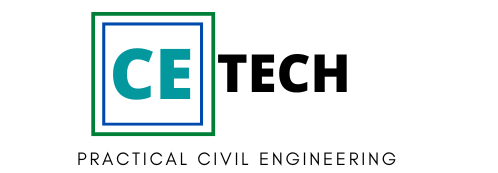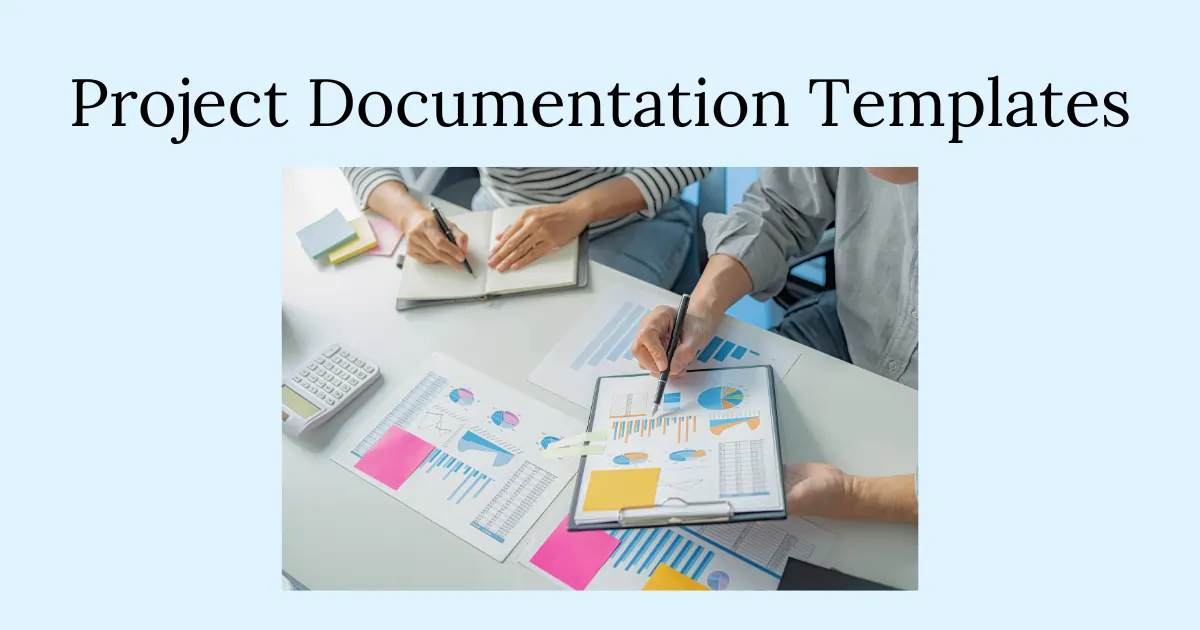In today’s fast-paced business environment, effective project management is crucial for organizations to stay competitive and deliver value to stakeholders. PMI(Project management institute) is at the core of setting standards of the quality and scope of project documentation procedures. At the heart of successful project management lies comprehensive documentation that guides teams through each phase of the project lifecycle. We will explore below the project management documentation templates essential for project management, organized according to the project lifecycle and planning phases.
1. Project Initiation
The project initiation phase sets the foundation for the entire project. Key documentation during this phase includes:
Business Case: This document justifies the need for the project, outlining the problem or opportunity, proposed solution, and expected benefits. It helps stakeholders decide whether to proceed with the project.
Project Charter: The charter formally authorizes the project and provides the project manager with the authority to apply organizational resources. It includes high-level project information, objectives, and stakeholders.
PID (Project Initiation Document): This comprehensive document combines elements of the business case and project charter, providing a detailed overview of the project’s objectives, scope, and approach.
Scope Statement: This crucial document defines what is and isn’t included in the project, helping to manage expectations and prevent scope creep.
Organization Chart: A visual representation of the project team structure, roles, and reporting relationships.
Initial Project Risk Assessment: An early evaluation of potential risks that could impact the project’s success.
Kickoff Meeting: While not a document per se, the kickoff meeting agenda and minutes are important artifacts that capture initial discussions and decisions.
Project Brief: A concise summary of the project’s key elements, useful for quick reference and communication with stakeholders.
Feasibility Study: An analysis of the project’s viability, considering technical, economic, and operational factors.
Project Proposal: A detailed document used to pitch the project to decision-makers, often including elements from the business case and project charter.
2. Project Planning
Once the project is approved, the planning phase begins. This crucial stage involves creating detailed plans to guide project execution. Key documentation includes:
SWOT Analysis: An assessment of the project’s Strengths, Weaknesses, Opportunities, and Threats, helping to inform strategy and risk management.
Project Action Planner: A tool for breaking down the project into actionable steps and assigning responsibilities.
Plan of Operations: A detailed document outlining how the project will be executed, including timelines, resources, and methodologies.
Project Planning & Monitoring Tools: Various templates and tools are used to create and track project schedules, such as Gantt charts and resource allocation plans.
Excel Project Manager: A spreadsheet-based tool for managing project tasks, timelines, and resources.
One Page Project Manager: A concise visual representation of the project plan, useful for high-level communication with stakeholders.
3. Project Execution
During the execution phase, the project plan is put into action. Documentation in this phase focuses on tracking progress and managing changes:
Execution Excel Template: A spreadsheet for tracking tasks, deadlines, and progress during project execution.
Requirement Traceability Matrix: A document that links project requirements to their origins and tracks them throughout the project lifecycle.
SAP Implementation Guide: For projects involving SAP software, this document outlines the steps for successful implementation.
Test Case Template: A standardized format for creating and documenting test scenarios to ensure project deliverables meet quality standards.
Test Coverage Document: A record of which project elements have been tested and to what extent.
Project Execution Plan: A detailed document outlining how the project will be carried out, including timelines, resources, and methodologies.
4. Project Tracking
Effective tracking is crucial for keeping the project on course. Key documentation includes:
RACI Excel Template: A matrix defining who is Responsible, Accountable, Consulted, and Informed for each project task.
Portfolio Dashboard: A visual representation of the status of multiple projects within an organization’s portfolio.
Gap Analysis Template: A tool for identifying discrepancies between current performance and desired outcomes.
Project Monitoring Tools: Various templates and software for tracking project progress, risks, and issues.
Root Cause Analysis: A structured approach to identifying the underlying causes of project issues or deviations.
RAID Log Excel: A document for tracking Risks, Assumptions, Issues, and Dependencies throughout the project lifecycle.
Execution Tracking: Detailed records of project progress against the planned schedule and milestones.
Monthly Activity Template: A standardized format for reporting project activities and progress on a monthly basis.
5. Project Communication
Clear and consistent communication is vital for project success. Documentation in this area includes:
Communication Status Report: Regular updates on project progress, issues, and upcoming activities.
Management Planning: Documents outlining how project information will be distributed to stakeholders.
Process Improvement Plan: Strategies for enhancing project processes based on lessons learned and best practices.
Programme Benefit Profile: A document detailing the expected benefits of the project or program.
Requirement Check List: A comprehensive list of project requirements to ensure nothing is overlooked.
Project Requirements Document: A detailed specification of project deliverables and acceptance criteria.
6. PMO & WBS Management
The Project Management Office (PMO) plays a crucial role in standardizing project management practices across an organization. Key documentation includes:
PMO Charter Document: Defines the purpose, authority, and responsibilities of the PMO within the organization.
PMO Communication Plan: Outlines how the PMO will communicate with project teams and stakeholders.
PMO KPI Dashboard: A visual representation of key performance indicators for projects and the PMO itself.
PMO Roles and Responsibilities: Clearly defines the functions and duties of PMO staff.
Checklist Template: Standardized checklists for various project management activities.
WBS (Work Breakdown Structure) Plan: A hierarchical decomposition of the project scope into manageable work packages.
PMO WBS Template: A standardized format for creating WBS across different projects.
WBS Construction Template: A tool for building comprehensive and consistent WBS for complex projects.
7. Change Management
Managing changes effectively is crucial for project success. Key documentation includes:
Change Request Form: A standardized document for proposing and documenting project changes.
ITIL Change Request: For IT projects, a form aligned with ITIL (Information Technology Infrastructure Library) best practices.
Change Log Template: A record of all change requests and their statuses throughout the project.
Impact Assessment: An analysis of the potential effects of proposed changes on the project.
Change Management Plan: A comprehensive strategy for handling changes throughout the project lifecycle.
Change Curve Model: A tool for understanding and managing the human aspects of change in projects.
8. Project Scheduling
Effective scheduling is crucial for keeping projects on track. Key documentation includes:
Issues Register: A log of all project issues, their statuses, and resolution plans.
Normal RFC (Request for Change) Template: A standardized form for requesting and documenting project changes.
Implementation Plan: A detailed schedule of activities required to implement the project deliverables.
RACI Matrix: A responsibility assignment chart that clarifies roles and responsibilities for project tasks.
Release Calendar: A schedule of planned releases or milestones throughout the project.
Release Management Plan: A strategy for managing the deployment of project deliverables.
9. Task Management
Breaking the project into manageable tasks is essential for effective execution. Key documentation includes:
Single Project Tasks List: A comprehensive list of all tasks required for a single project.
Multi-Project Task List: A consolidated list of tasks across multiple projects, useful for resource management.
Task Tracker: A tool for monitoring the progress of individual tasks.
Daily Task Tracker: A detailed log of daily activities and progress.
Scorecard Template: A performance measurement tool for evaluating task and project success.
Two Year Work Plan Template: A long-term planning tool for projects spanning multiple years.
Team Responsibility Matrix: A clear definition of roles and responsibilities within the project team.
PMM (Project Management Maturity) Model: A framework for assessing and improving an organization’s project management capabilities.
10. Procurement & Quality Management
Ensuring quality and managing procurement are crucial aspects of project management. Key documentation includes:
Purchase Order Template: A standardized form for ordering goods or services required for the project.
Recovery Policy Template: Guidelines for recovering from project setbacks or failures.
Performance Report: Regular assessments of project performance against key metrics.
Procurement Plan: A strategy for acquiring necessary resources and services for the project.
Scalable Results Template: A tool for tracking and reporting project outcomes at various scales.
Control Chart: A statistical tool for monitoring process stability and variability.
Quality Log Guideline: Standards for maintaining records of quality-related activities and issues.
Quality Matrix: A framework for assessing and ensuring project quality across multiple dimensions.
Quality Review Form: A standardized document for conducting and recording quality assessments.
11. Project Costing & Risk Management
Effective cost and risk management are critical for project success. Key documentation includes:
Issue Resolution Process: A structured approach to identifying, analyzing, and resolving project issues.
Risk Identification Template: A tool for systematically identifying potential project risks.
Risk Register: A comprehensive log of identified risks, their potential impacts, and mitigation strategies.
Risk Management Plan: A detailed strategy for managing project risks throughout the lifecycle.
Cost Benefits Analysis: An evaluation of the project’s costs versus its expected benefits.
Earned Value Template: A tool for measuring project performance and progress in monetary terms.
Project Budget Template: A comprehensive plan for managing project finances.
Conclusion
Effective project management relies heavily on thorough and well-organized documentation. Project managers can ensure clarity, consistency, and accountability by utilizing these templates throughout the project lifecycle. While the templates used may vary depending on the project’s nature and the organization’s needs, having a comprehensive set of documentation tools is crucial for navigating the complexities of modern project management.
Remember, these templates are not just bureaucratic requirements but valuable tools that facilitate communication, decision-making, and project success. By investing time in creating and maintaining these documents, project managers can significantly increase their chances of delivering projects on time, within budget, and satisfying all stakeholders.

